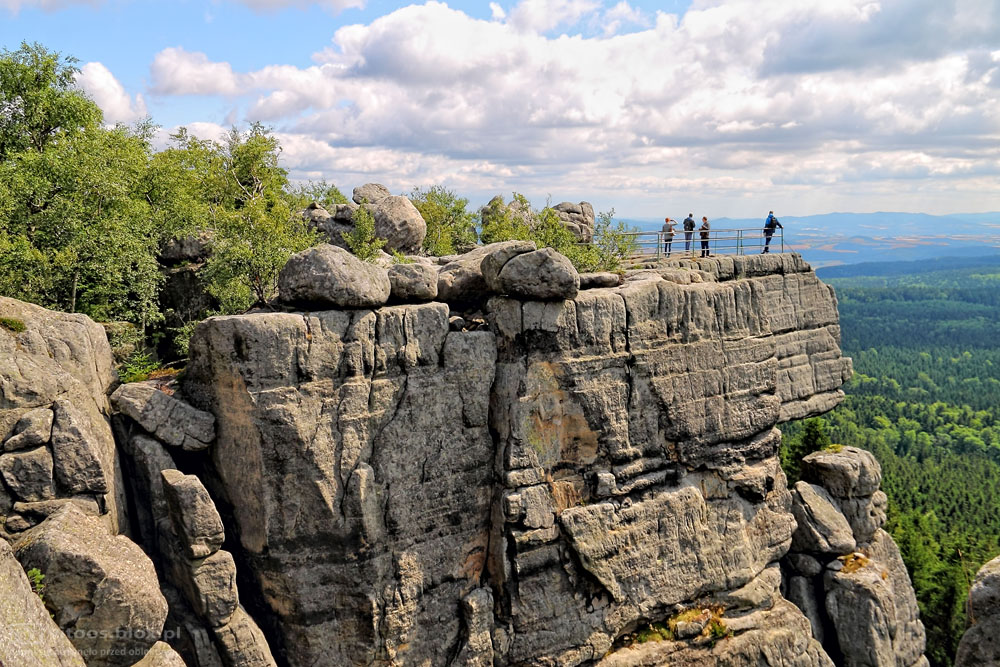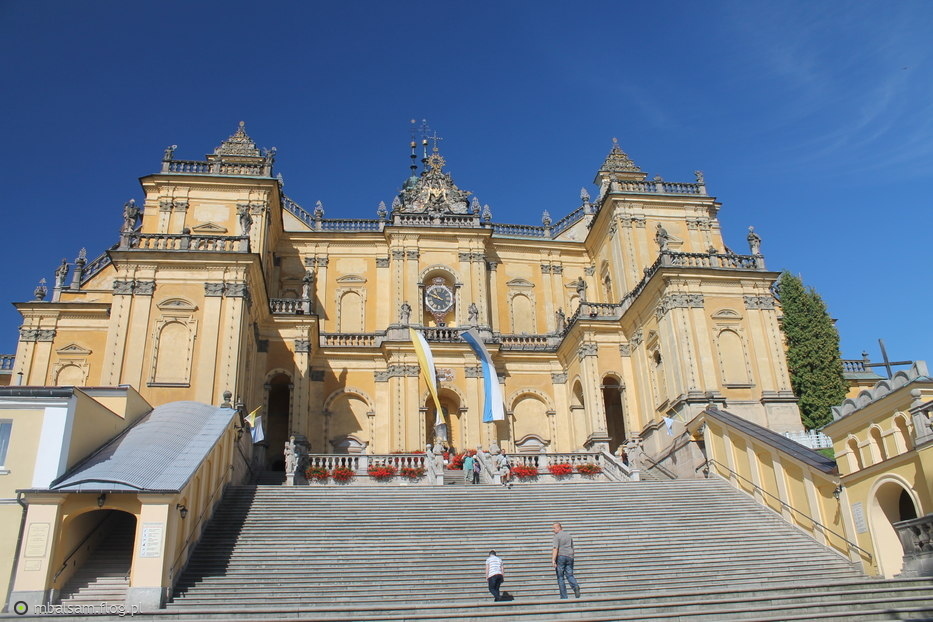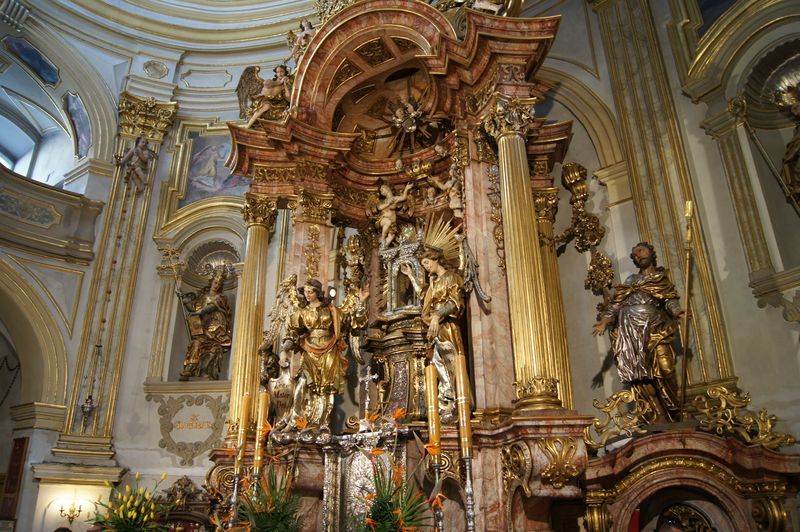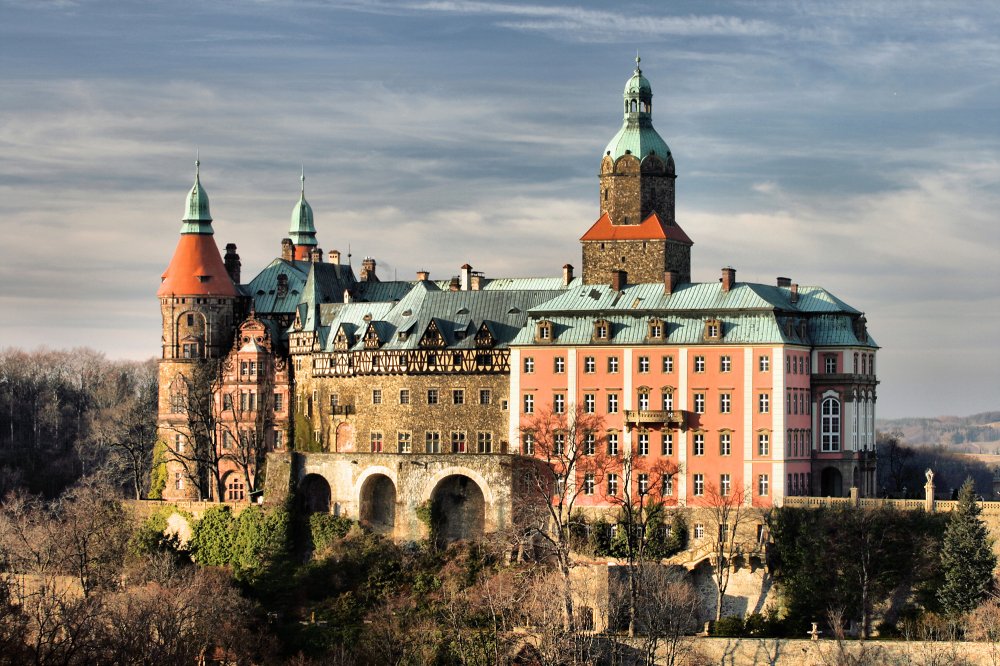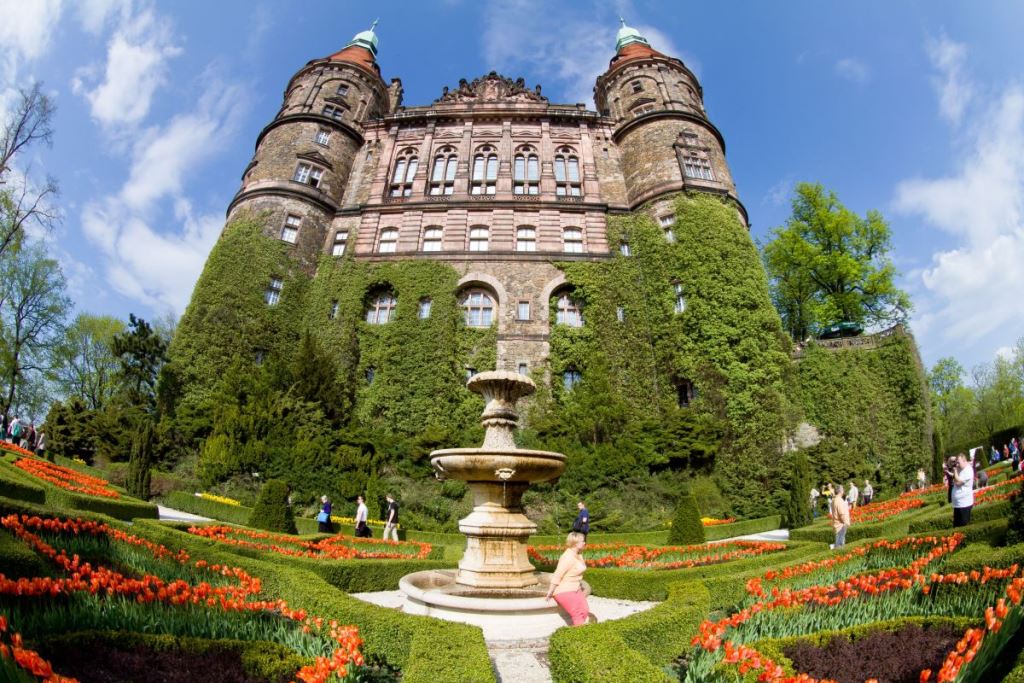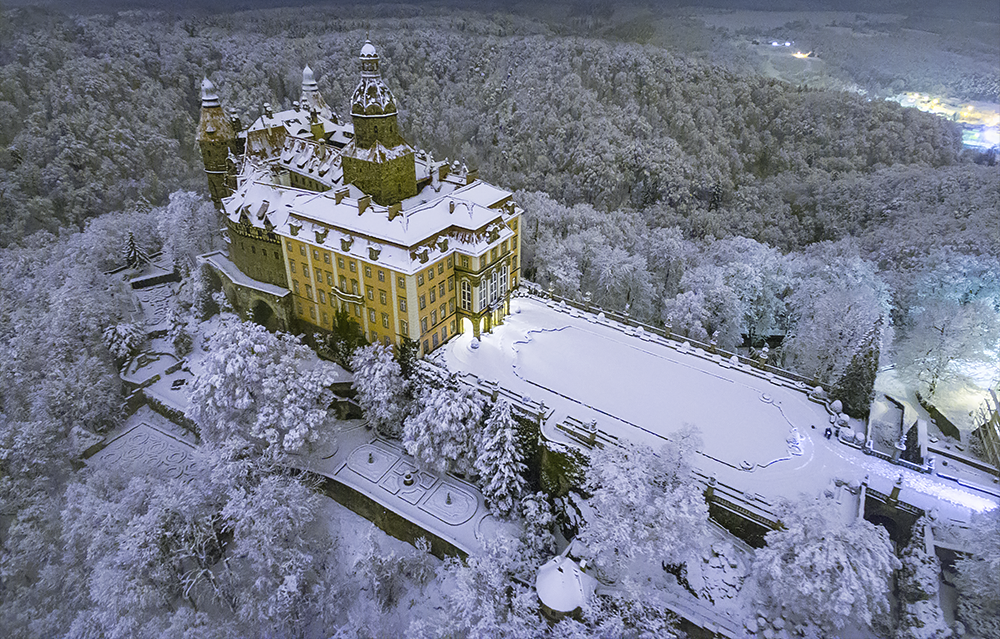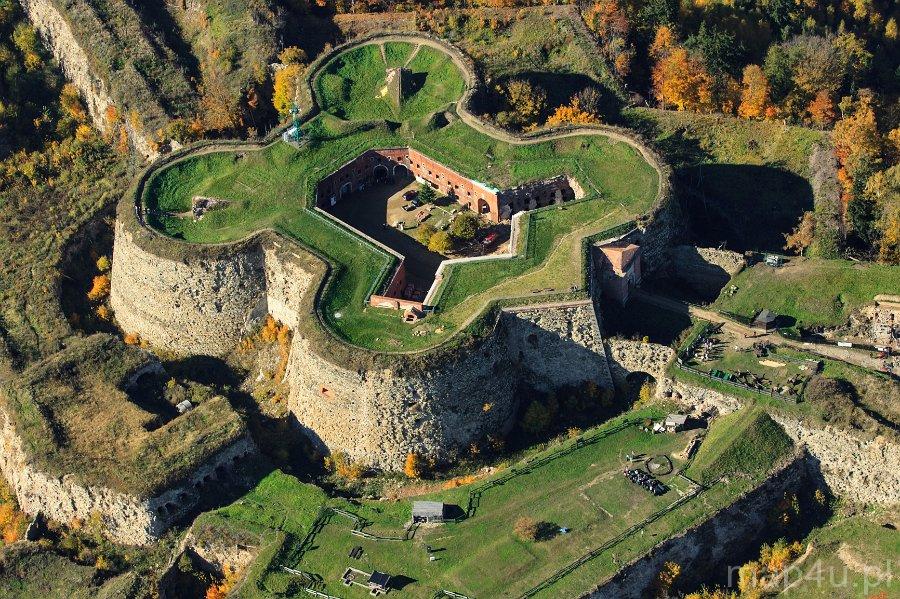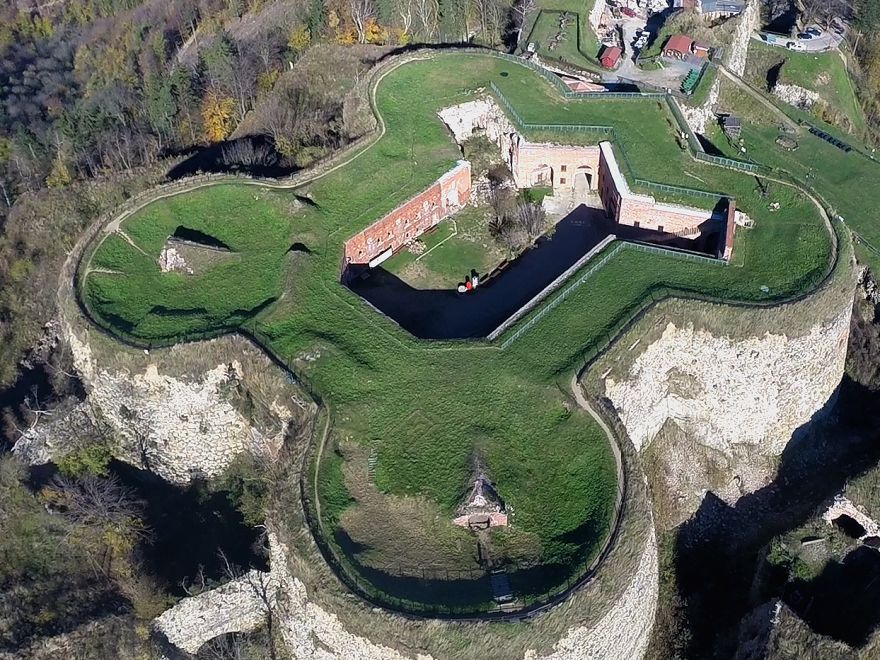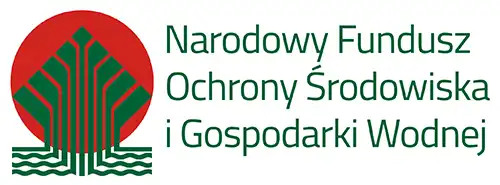
Attractions of the region
Museum of Klodzko Land (Kłodzko)Previously, a Jesuit boarding school was located here. It was built from 1622 as a result of joining five tenement houses and remained unchanged until the completion of the east wing in the years 1753 - 1754. After renovation in 1978-1986 the Museum of Kłodzko Land was established there. |
|
|
The Kłodzko Fortress and LabyrinthsOne of the most interesting and characteristic monuments of Kłodzko is the Kłodzko Fortress, famous throughout Europe (the Forteczna Mountain 369 metres above sea level). |
|
|
|
|
|
The Underground Tourist Routeof the name of the Millennium of Polish Country It was made available to the public on 4 December 1976 and is one of the most interesting underground routes in Poland. It leads through part of an extensive system of old cellars and dungeons beneath the Old Town, reaching several storeys below street level, with a length of approx. 600 meters and runs from Zawiszy Czarnego street to the exit near the Fortress, close to Grodzisko street. The part intended for touring is fully illuminated, and a few offshoots are being prepared for historical exhibitions. In the underground we will encounter an old furnace, a well, an exhibition presenting the model of the French guillotine and an executioner's axe. |
|
|
|
The Paper Industry Museumin Duszniki Zdrój |
|
|
|
Fryderyk Chopin Manor Housein Duszniki Zdrój |
|
|
|
Spa Park in Kudowa- Zdrój |
|
Chapel of Skulls in Kudowa-Zdrój (Czermna) The interior of the chapel is lined with 3,000 skulls and bones. This is the only such facility in Poland and one of three in Europe. It is one common grave of the victims of the Silesian wars of the years 1740-1742 and 1744-1745, and of infectious diseases from the eighteenth century. Under the floor lie many more (20-30 thousand) human remains. The chapel was built in 1776 by a priest, Wacław Tomaszek, for whom it took eight years to build the chapel, collect remains, carry out disinfection and impregnation and laying of the remains. The chapel is an exceptional example of transience and fragility of humans, in which the remains of old families, friends and foes meet. Once a year, at midnight on 14-15 August, a mass is celebrated in the Chapel of Skulls for all those who died through diseases or as a result of accidents. |
|
|
|
|
|
|
The National Park of the Stolowe Mountains |
|
|
|
|
Książ Castle (Wałbrzych) |
Fortress Srebrna GóraThe fortress Srebrna Góra was built in the 18th century of Fryderyk Wielki according to the project created by the Prussian engineer of Ludwik Wilhelm Regler, modified by King Fryderyk Wielki. The fortess was supposed to secure Silesia captured by Prussia in 1740 militarily. Up to construction of the fortification they chose two towering over the Silver Pass (586 m asl) hills: Fortress (Warownia) Mountain (686 m asl) and of Spurs (627 m asl). The stronghold consists of six forts. Structure of the entire team through 4 up to 4.5 thousand of workers lasted 12 years (1765-1777), and for her the cost amounted to 1 668 000 of thalers (including 70 000 handed over as the "victim" of Silesians)... |
|
|
- you are here
- Home
- offer
- Attractions of the region

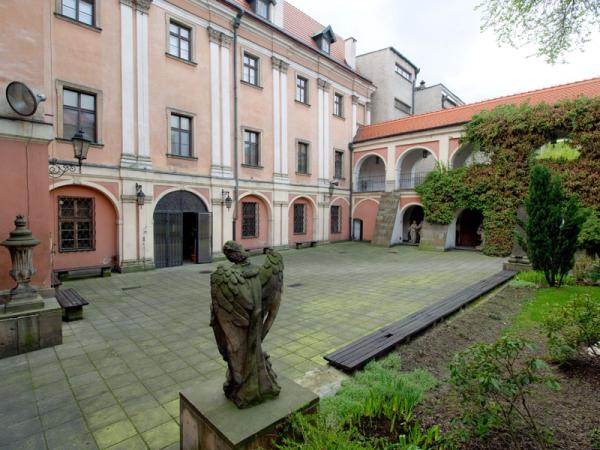
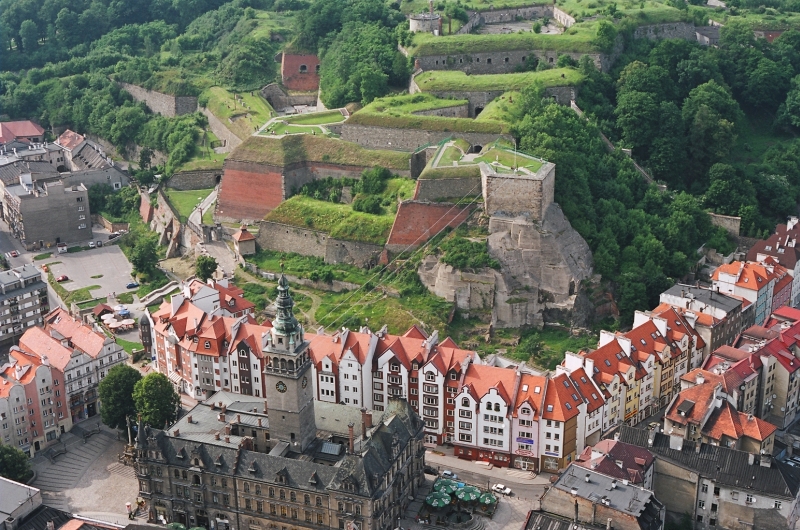
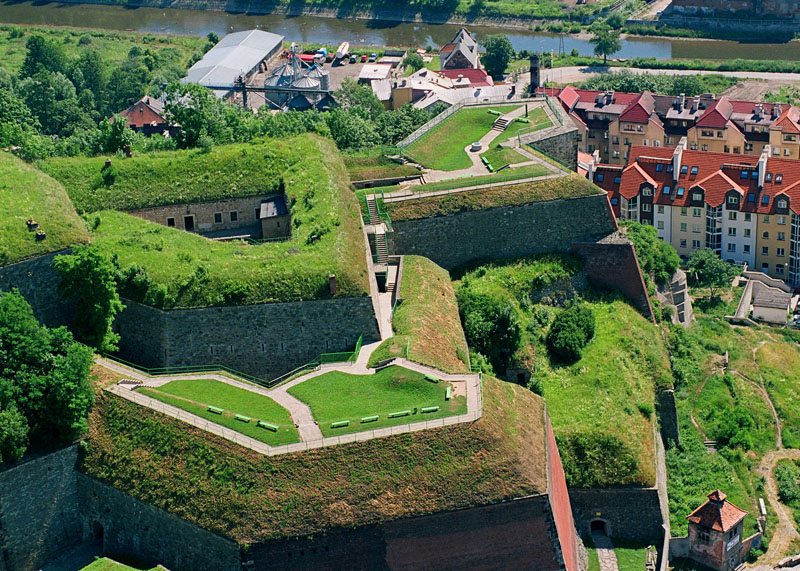
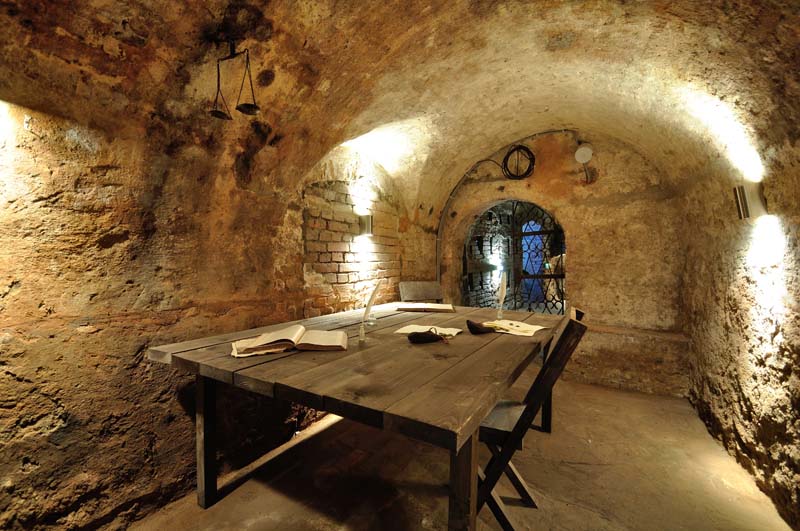
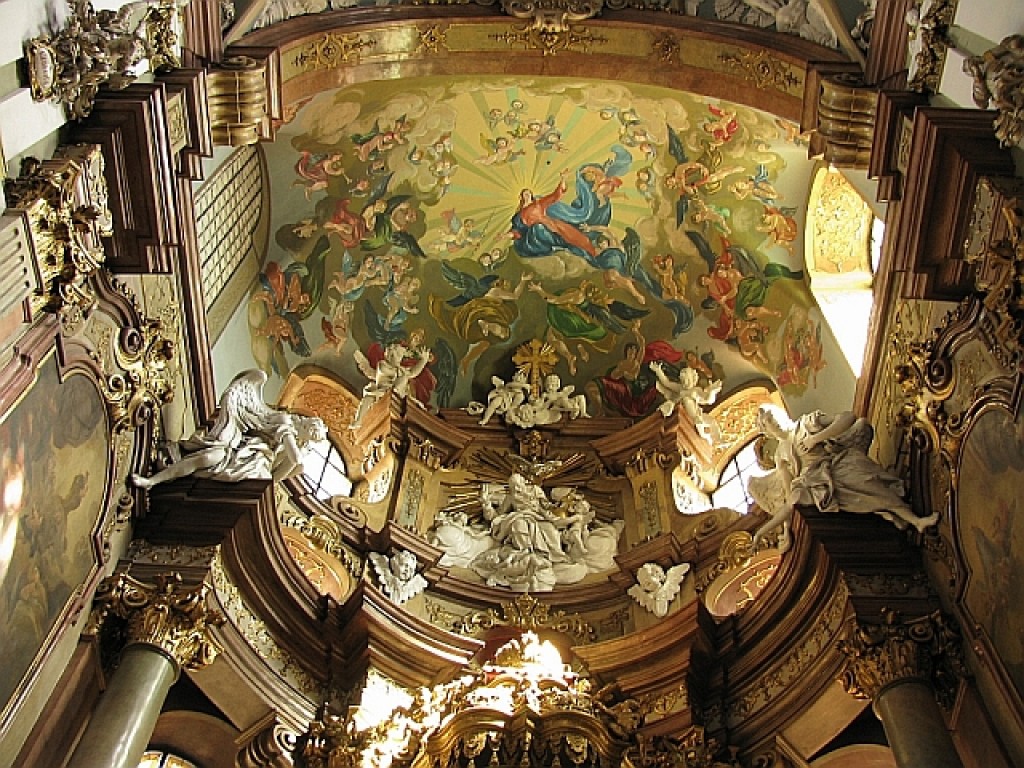
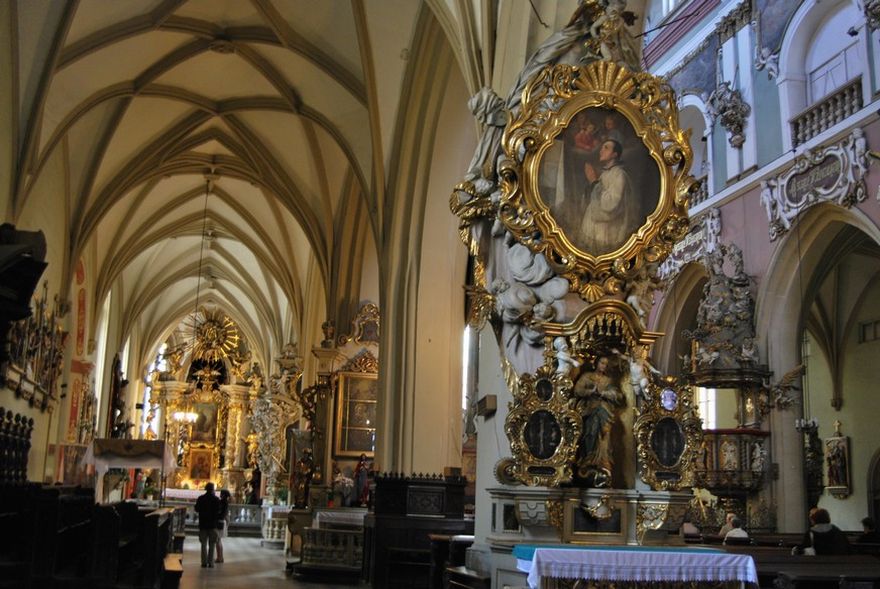
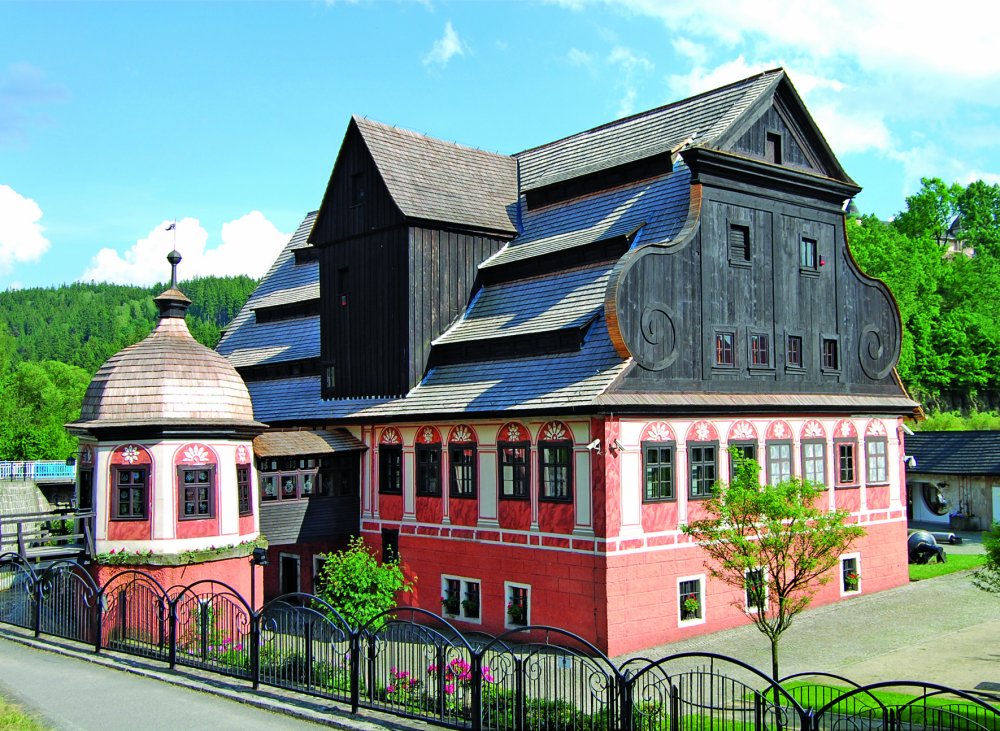
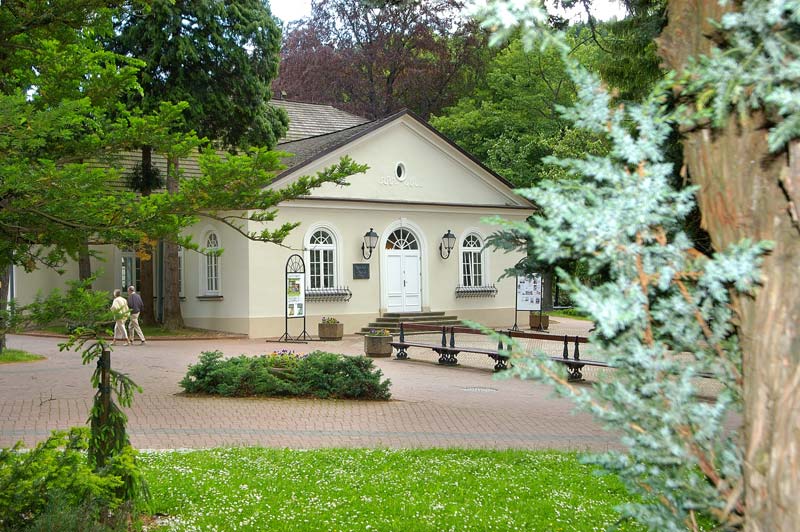
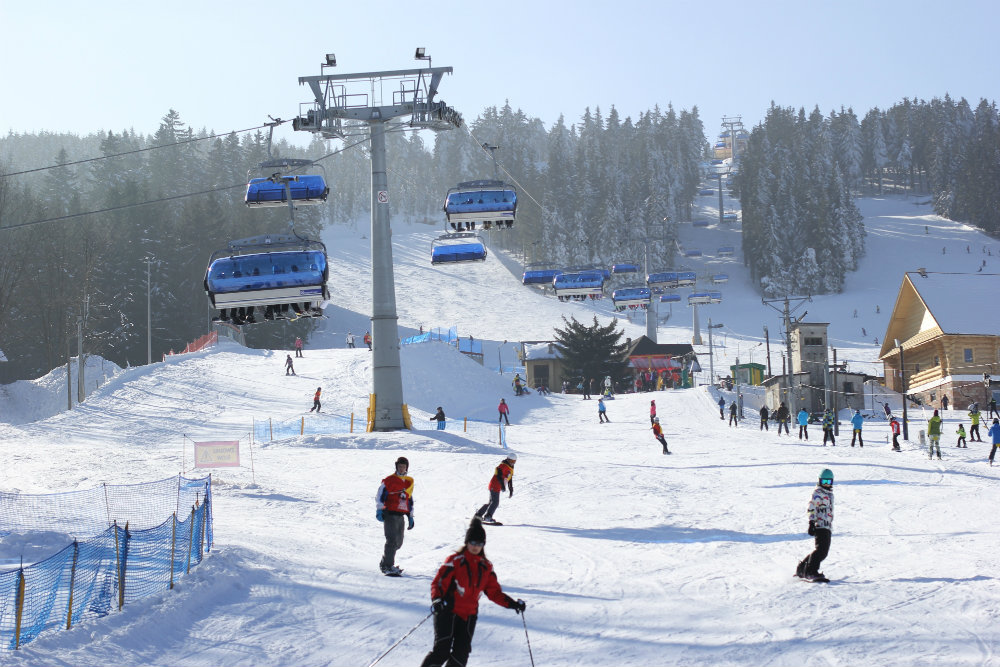
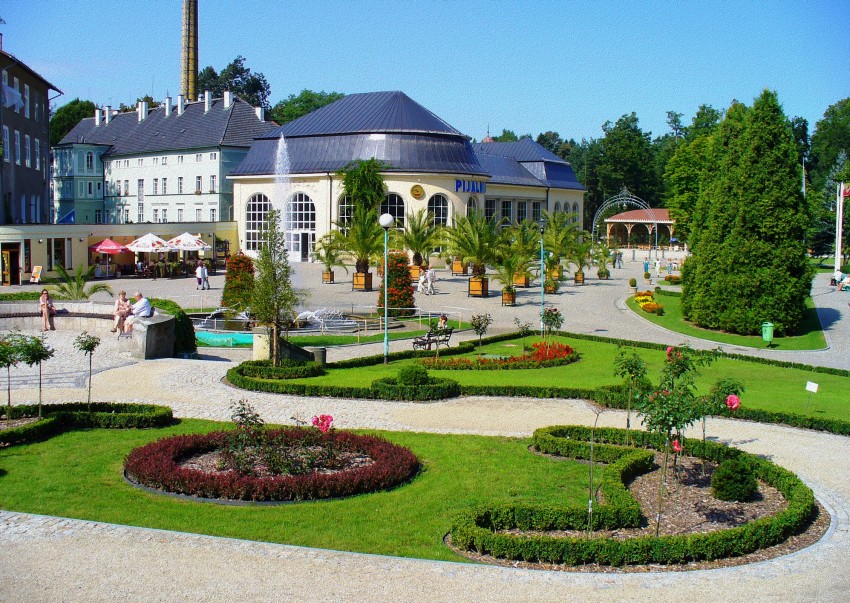
1 07_03_2017.jpg)
3 07_03_2017.jpg)
2 07_03_2017.jpg)
